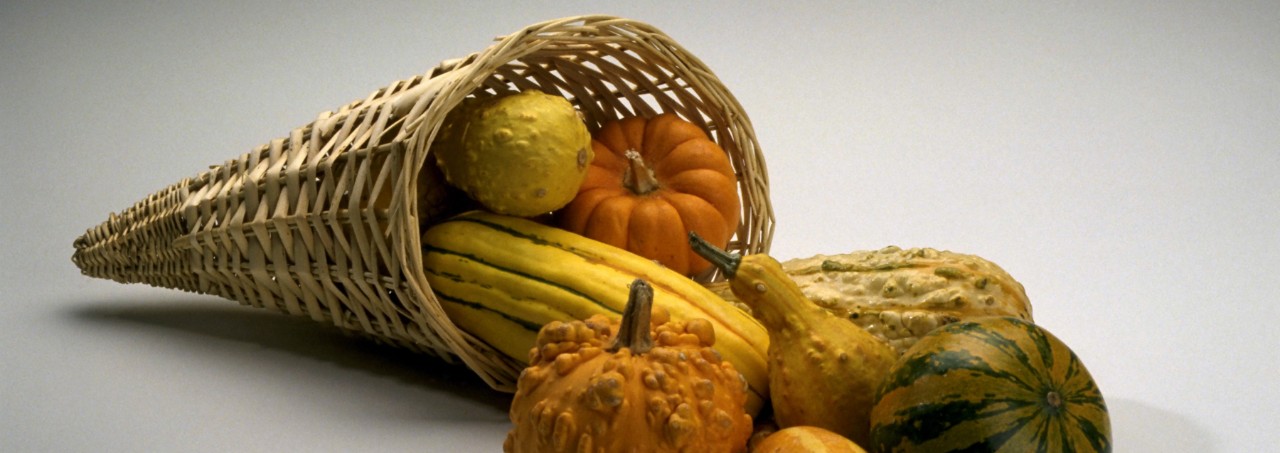
Thanksgiving kicks off the giving season for many people. If
participating in a food drive or giving to a local food bank is on
your to do list, get the most bang for your buck by following these
suggestions.
1. Ask what is needed before you give.
Sometimes what we want to give—holiday foods, homemade jam, or
cake mixes---may or may not be what is needed for hungry families.
Check the website of your local food bank or call to see what foods
they currently need. Generally, the most needed items are:
2. Choose a more nutritious form of the food you want to give.
For example, select:
3. Check the use-by or expiration date on foods you plan to give.
If donating food items from your own pantry, check the
freshness date. Most food banks will not give out food that is past
the use-by or expiration date printed on the container. (Use-by
and expiration dates refer to the quality of the food, not the
safety.)
4. Avoid giving foods in glass containers or
damaged packaging.
Some food banks don’t accept food in glass containers---even
baby food or infant formula---because they chip and break easily.
Inspect the packaging of an item. Avoid dented or bulging cans. Food
banks won’t accept damaged or open paper or plastic containers. Only
donate commercially prepared foods. Food banks cannot take home
preserved foods.
5. Give with the food bank clientele
in mind.
Are the clientele homeless? If so, they probably don’t have
access to storage or refrigeration. Dr.
Lucia Kaiser, Nutrition Specialist at the University of
California Cooperative Extension, suggests giving easy-to-prepare and
ready-to-eat foods such as:
Programs for children may want single serving sizes of foods,
such as
Ideas to help you plan a food drive
Request donations by
meal (breakfast, lunch, or dinner), by food group (fruits and
vegetables, dairy, protein, etc.), or by recipes. Another option is a
SuperFood Drive where
participants donate items on a list of nutrient-dense foods that you
provide. Or, help potential donors identify a wide variety of healthy
foods to consider, by giving them Dorothy
Smith’s food bank gift list (at the end of the article).
To healthy living and giving during the holiday season!
Tips written by Patti Wooten Swanson, PHD Nutrition
Family
and Consumer Sciences Advisor
University of California
Cooperative Extension, San Diego County